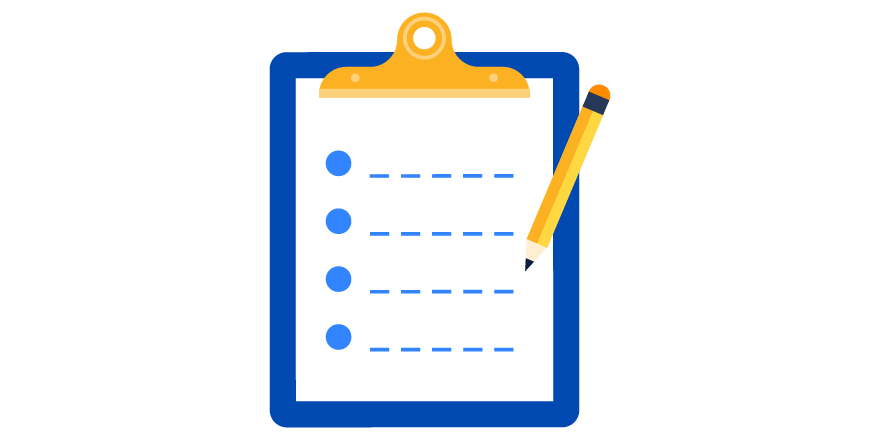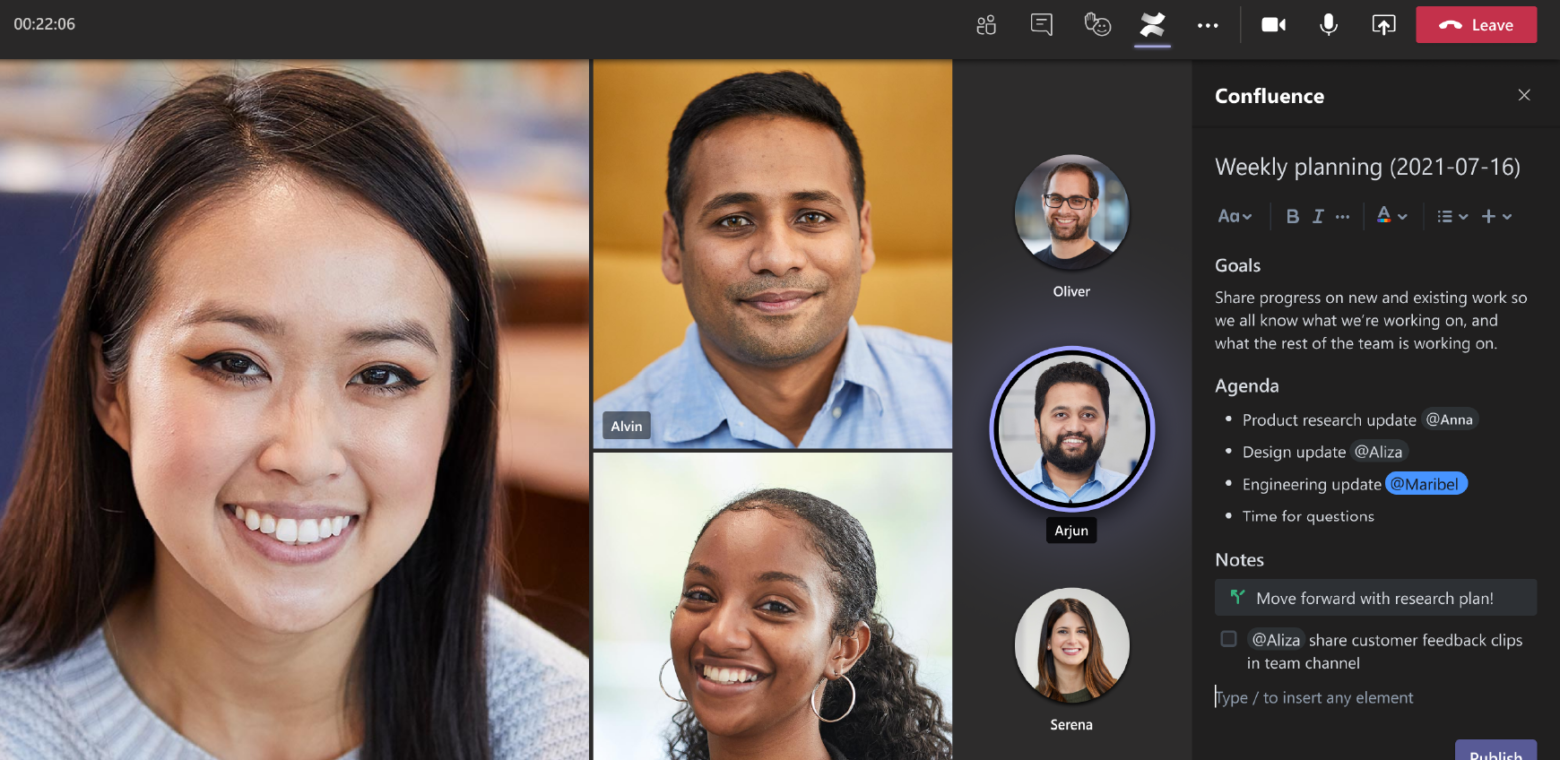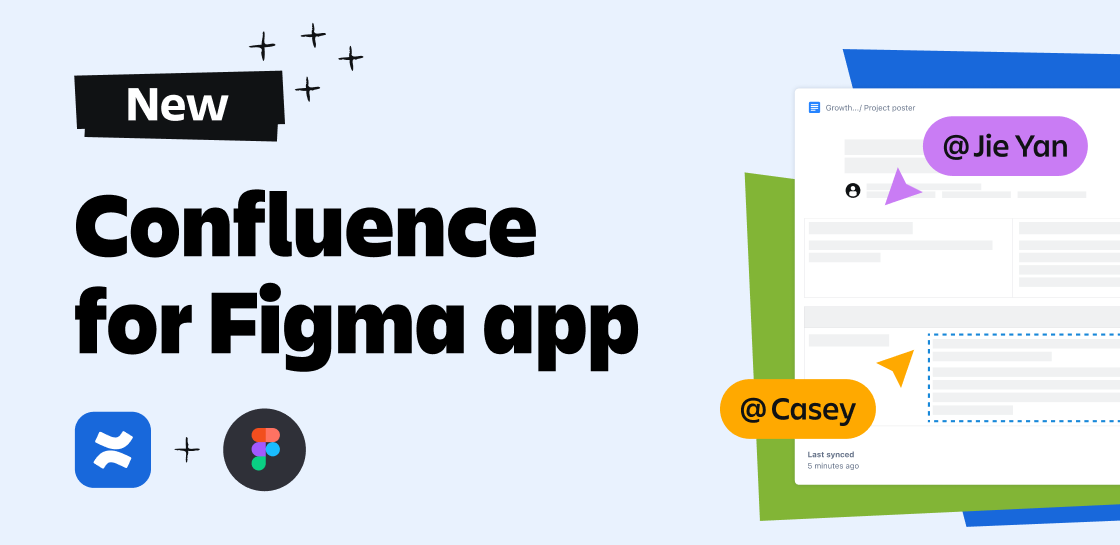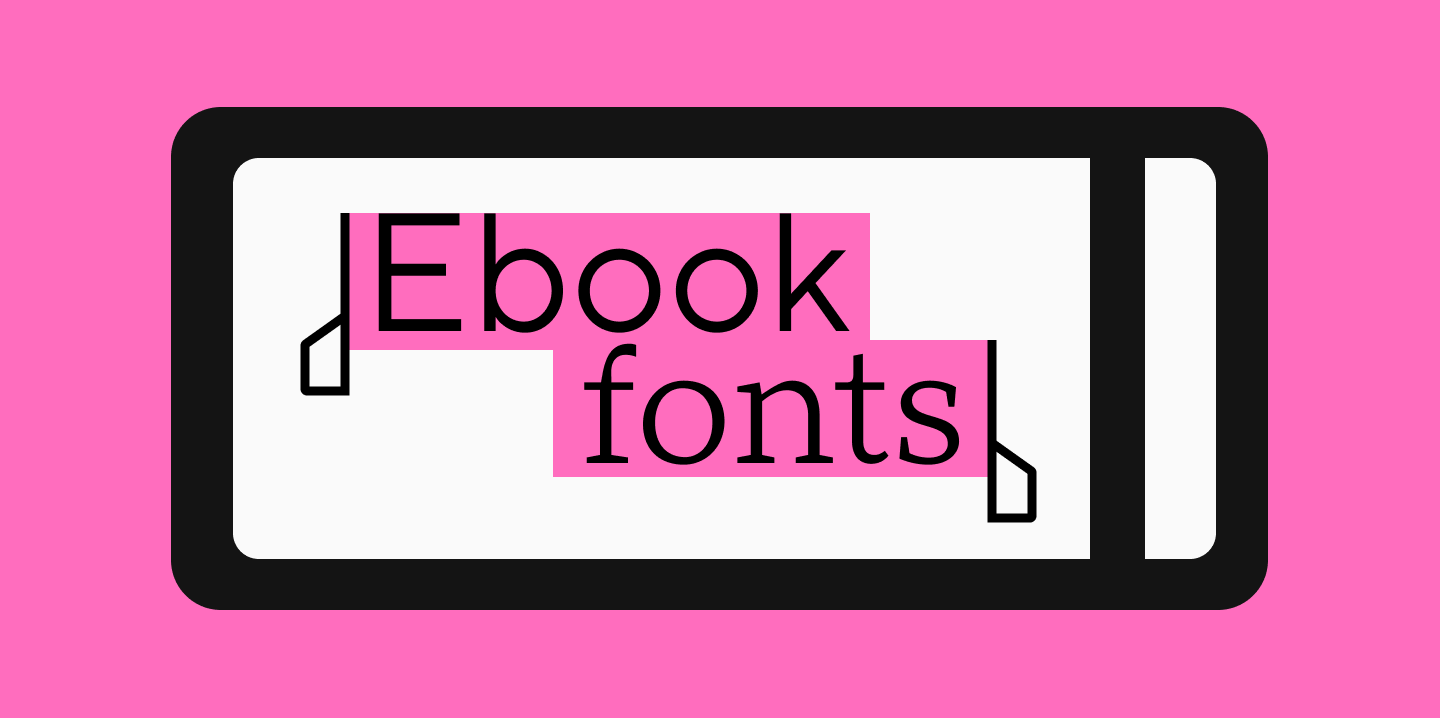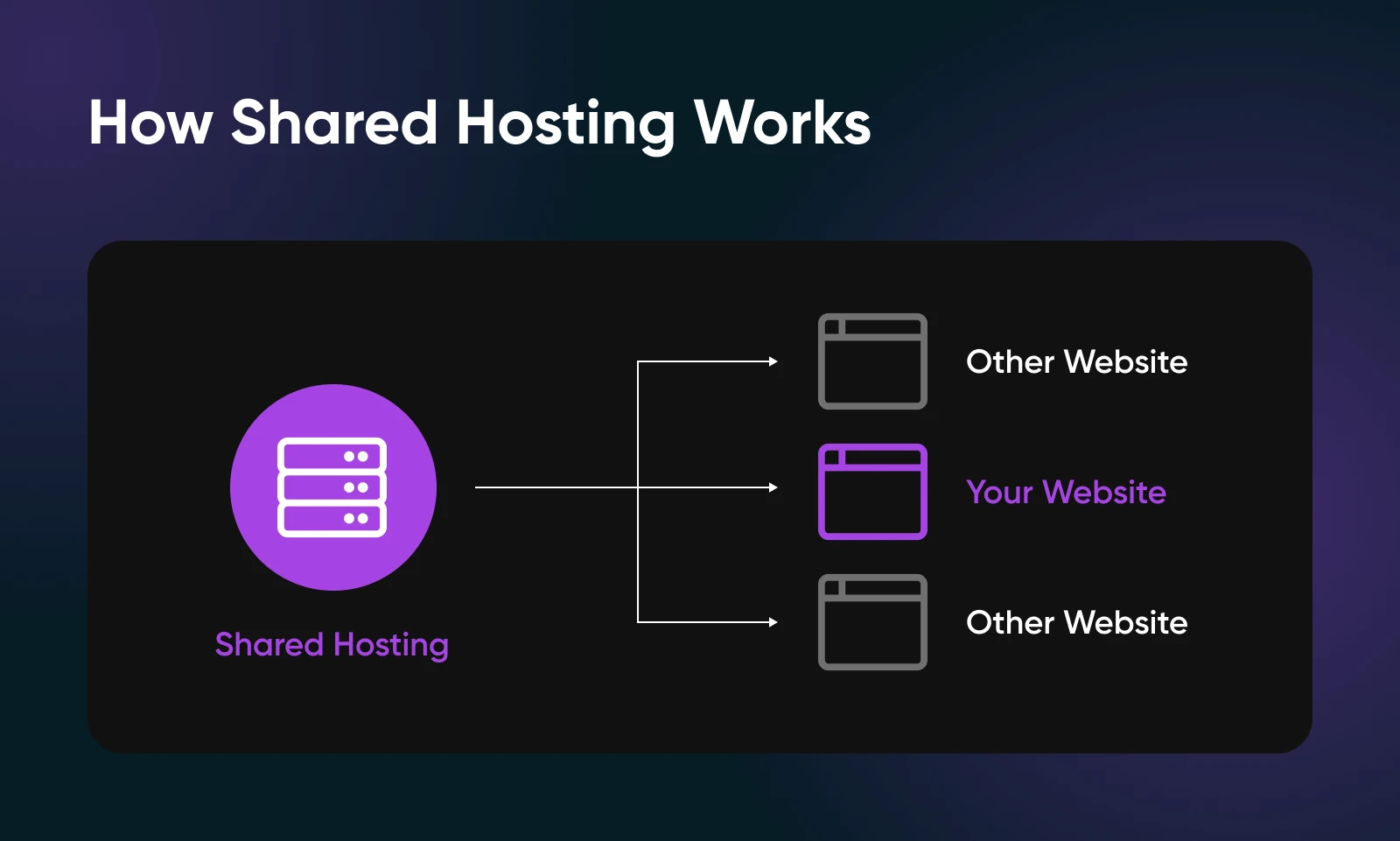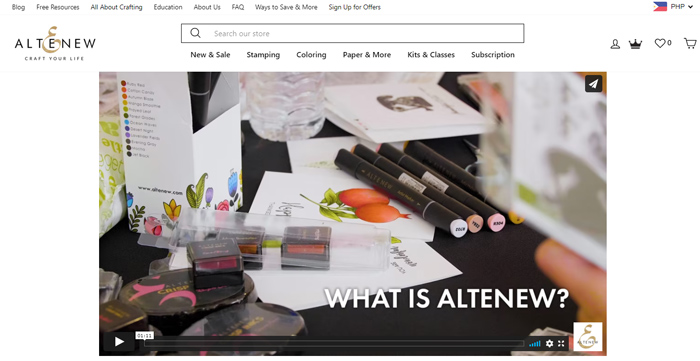For many staff, the frequency and size of conferences has solely continued to rise for the reason that pandemic. In actual fact, corporations have seen a staggering improve of practically 70% extra conferences since 2020, leaving staff now spending a median of 21.5 hours in conferences each single week.
Each face-to-face interplay has become a web based assembly. And for corporations skeptical of distant work, the simplest approach for workers to publicly announce they’re working is to, nicely, refill their calendar with conferences.
The answer to this assembly insanity? Plan more practical conferences by utilizing the idea of design pondering and using apps like Mural, Whiteboards, and Multivote & Enterprise Survey.
What’s design pondering?
It refers to placing the person on the heart of an expertise and prioritizing their wants. Whereas popularized by designers, this method is universally relevant.
When utilized to distant conferences, the design pondering phases – Empathize, Outline, Ideate, Prototype, and Take a look at – along with using apps may also help facilitators act on worker suggestions to revamp recurring conferences and plan higher one-offs.
Empathize: examine in with attendees earlier than planning conferences
Designers use the “Empathize” stage of design pondering to conduct analysis that helps them develop empathy for customers.
Identical to designers try to acknowledge the buyer’s ache factors, examine in with potential attendees previous to your assembly to construct belief and perceive their wants and challenges across the assembly’s matter. You’ll be able to share the assembly matter with a fast abstract, define, or perhaps a full-blown agenda when you have it prepared.
You’ll be able to lead with empathy by asking your workforce questions like: :
- What challenges and alternatives would you want to debate on this assembly?
- [For recurring meetings] What components of the assembly do you want and dislike?
- [For recurring meetings] What would you alter should you have been operating the assembly?
Outline: set a transparent goal and desired outcomes
The “Outline” stage of design pondering is marked by inspecting the entire knowledge in a single place so as to break it down right into a manageable and actionable downside assertion. The “downside assertion” is synonymous with the assembly’s goal and outcomes.
Use digital whiteboards, like Mural or Whiteboards, to jot down suggestions from contributors and spot a sample of worker points.
 Supply: whiteboards.io
Supply: whiteboards.io
To set a transparent goal and final result, ask your self 4 W questions:
- Who’s affected by the issue?
- What’s the situation?
- The place does it happen?
- Why does it matter?
Say you’re planning an all-hands, and the suggestions from most attendees is that they don’t need to pore over company-level metrics.
On this case, the “downside” is the big period of time it takes to painstakingly go over every metric.
The assembly’s goal then shifts from relaying how the corporate has fared that quarter to answering questions staff have in regards to the firm’s development. And the specified final result is to make sure staff are aligned with the targets.
Ideate: brainstorm concepts to have interaction assembly contributors
Designers use the “Ideate” section to suppose creatively in regards to the potential options, and “How May We” (HMW) questions assist spark that creativity. As an example, “How would possibly we make utilizing this product extra thrilling?”
Relating to conferences, a standard downside for facilitators is encouraging energetic participation and sustaining engagement ranges as a result of historically conferences have been designed to share data and depart it at that (or solely immediate for any questions on the finish.)
Analysis from TED discovered that almost 90% of contributors reported daydreaming in conferences, and 73% admitted to doing one thing else. Because the threat of this taking place in distant settings is probably going far higher, your HMW questions would possibly appear like this:
- How would possibly we make conferences extra participating?
- How would possibly we improve participation?
- How would possibly we use expertise to research attendee sentiment?
Right here’s a brainstorming template from Mural you should utilize:
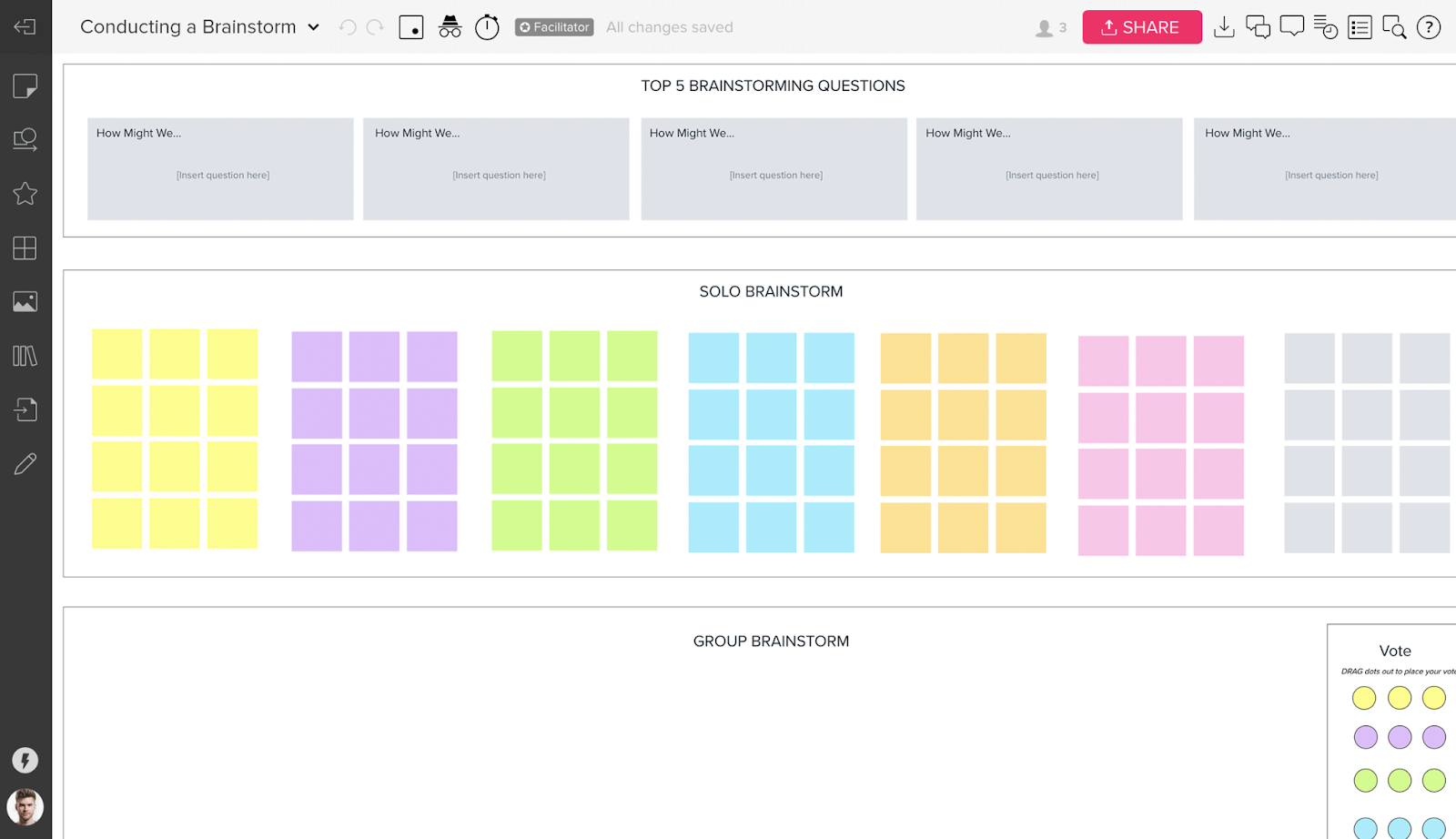 Supply: mural.co
Supply: mural.co
Create alternatives for attendees to interrupt away from the standard assembly move and actively take part with these instruments:
- Use Multivote & Enterprise Survey to create enjoyable polls to take care of engagement ranges.
- Use Zoom’s breakout rooms to plan mini-meetings so workforce members can chat in smaller teams, fostering a deeper connection.
Prototype: plan out your assembly agenda
Designers create product prototypes to check how customers understand them and make adjustments primarily based on that suggestions till it resembles the completed product.
Deal with your assembly equally by writing a workforce assembly agenda. Whereas it’s vital to have an agenda for in-person conferences, it’s equally, if not extra vital to make sure you have one in terms of distant conferences. This may assist hold your viewers engaged and make sure you keep on monitor and deal with the motion gadgets you got down to accomplish.
Map out precisely how your assembly will unfold by creating an agenda that features the assembly matter, aims, outcomes, motion gadgets, and time allotted for every matter.
Share the draft agenda with contributors together with a brief Loom video to elucidate your thought course of and ask for suggestions. Use these insights to tailor the assembly’s move or motion gadgets as wanted.
Take a look at: hold iterating to create employee-centric conferences
The ultimate stage of design pondering, Take a look at, is the place designers mull over qualitative and quantitative suggestions to determine areas of enchancment, make adjustments to the product, and check them out.
After conferences finish, ask contributors what went nicely and what didn’t to enhance ongoing conferences and design higher one-offs. Typically, this may additionally imply returning to a earlier stage or circling again to the primary one. It can take fairly just a few iterations to get it excellent.
Whereas utilizing design pondering to plan distant conferences might initially seem to be loads of work, the choice is to spend money and time on poorly organized conferences – or to have ineffective conferences that might have as an alternative been completed asynchronously.
To be taught extra about merchandise and apps that may assist you to plan more practical conferences and/or deal with work asynchrously, go to our Market.


